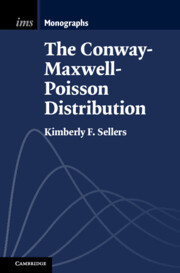Many seed quality tests are conducted by first randomly assigning seeds into replicates of a given size. The replicate results are then used to check whether or not any problems occur in the realization of the test. The two main tools developed for this verification are the ratio of the observed variance of the replicate results to a theoretical variance and the tolerance for the range of the results. In this paper, we derive the theoretical distribution and its related properties of the sequence of numbers of seeds with a given quality attribute present in the replicates. From these theoretical results, we revisit the two quality checking tools widely used for the germination test. We show a precaution to be taken when relying on the variance ratio to check for under- or over-dispersion of the replicate results. This has led to the development of tables providing credible intervals of the variance ratio. The International Seed Testing Association tolerance tables for the range of the results are also compared with tolerances computed from the exact theoretical distribution of the range, leading us to recommend a revision of these tables.
